When it comes to glowing skin, most of us face a common dilemma: Which treatment should I choose—Chinese Facial or Ayurvedic Facial ? Both approaches are centuries-old, rooted in natural healing practices, and promise radiant results. But the techniques, benefits, and suitability for different skin types vary greatly.
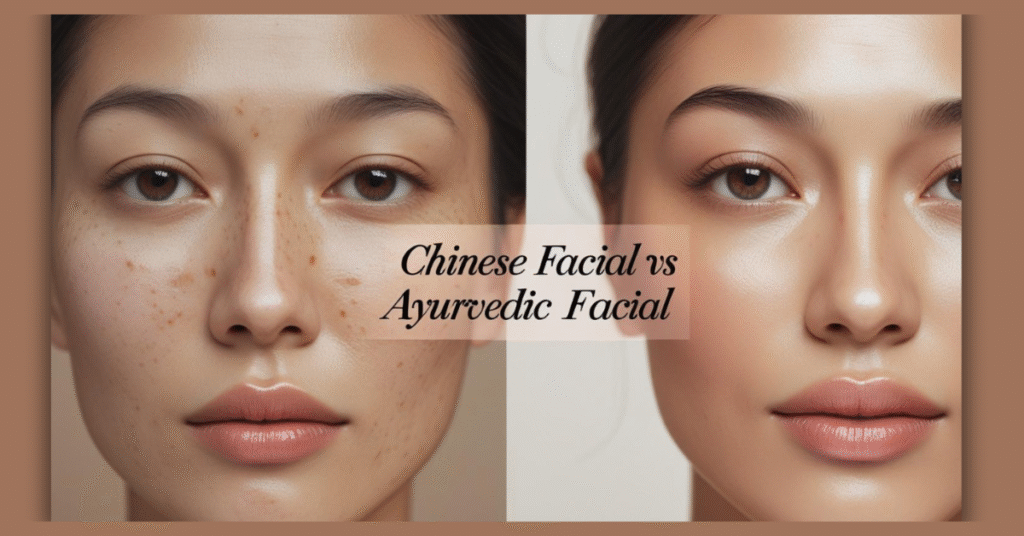
If you’re an Indian homeowner looking for a holistic yet effective way to care for your skin, this guide will help you compare Chinese Facial vs Ayurvedic Facial—so you can decide which one is best for your glow.
What Is a Chinese Facial?
A Chinese facial is rooted in Traditional Chinese Medicine (TCM). It focuses on balancing the body’s energy (Qi) and improving skin health by stimulating blood circulation.
Key Techniques in a Chinese Facial:
- Gua Sha (scraping with jade or stone tools) – improves lymphatic drainage and reduces puffiness.
- Acupressure massage – targets specific points to relax facial muscles.
- Herbal infusions & masks – use of ginseng, green tea, or pearl powder for skin rejuvenation.
- Cupping therapy (in some cases) – small suction cups stimulate circulation.
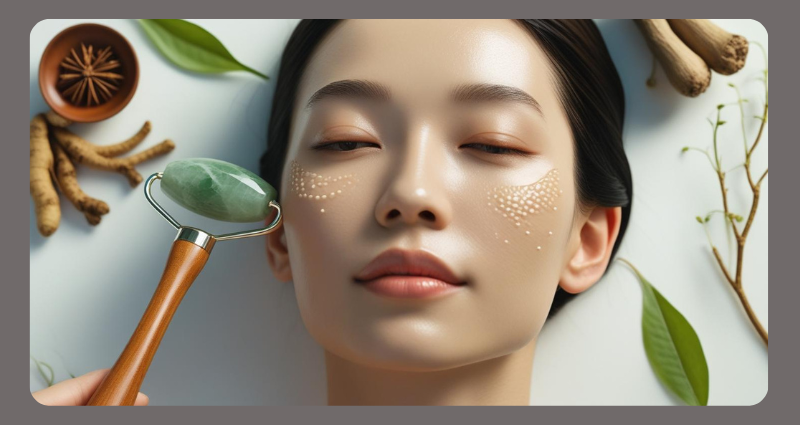
Benefits of a Chinese Facial:
- Reduces puffiness and dark circles
- Improves blood circulation and natural glow
- Helps in reducing fine lines and wrinkles
- Balances energy flow in the body
- Suitable for stress relief and relaxation
Chinese facials are especially popular among people looking for anti-aging and sculpting effects.
What Is an Ayurvedic Facial?
Ayurvedic facials originate from Ayurveda, India’s 5,000-year-old traditional system of holistic healing and wellness. Instead of just focusing on the skin, it treats the body, mind, and spirit for complete balance.
Key Techniques in an Ayurvedic Facial:
- Herbal pastes and oils – turmeric, neem, sandalwood, aloe vera, and rose water.
- Marma point massage – stimulates energy points for relaxation.
- Steam therapy with herbs – detoxifies and opens skin pores.
- Natural scrubs & packs – prepared from kitchen-friendly ingredients like gram flour, honey, or milk.
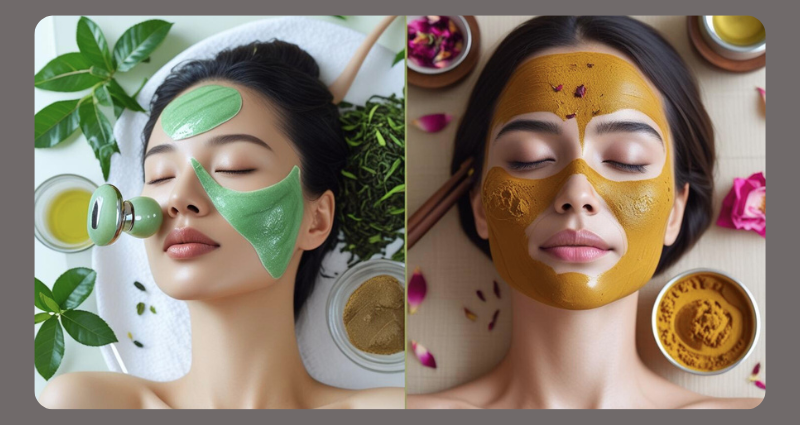
Benefits of an Ayurvedic Facial:
- Deep cleansing & detoxification
- Natural glow using herbal ingredients
- Helps in reducing acne, pigmentation, and blemishes
- Helps harmonize your skin based on your dosha type—Vata, Pitta, or Kapha.
- Long-term nourishment without chemicals
Ayurvedic facials are ideal for those who prefer organic, chemical-free skin care.
Chinese Facial vs Ayurvedic Facial: A Detailed Comparison
| Feature | Chinese Facial | Ayurvedic Facial |
|---|---|---|
| Origin | Traditional Chinese Medicine | Ayurveda (India) |
| Focus | Qi balance, circulation, anti-aging | Skin detox, natural glow, dosha balance |
| Techniques | Gua Sha, acupressure, cupping | Herbal oils, steam, marma massage |
| Best For | Puffiness, wrinkles, sculpting | Acne, pigmentation, dull skin |
| Ingredients | Herbal teas, pearl powder, jade tools | Turmeric, neem, sandalwood, aloe |
| Results | Instant sculpted, lifted look | Gradual, long-lasting glow |
| Suitability | Good for mature or stressed skin | Good for all ages and skin types |

Which Facial Is Best for You?
Choosing between a Chinese facial and an Ayurvedic facial depends on your skin goals:
- For anti-aging & sculpted look → Go for Chinese Facial.
- For acne, pigmentation, and natural glow → Try Ayurvedic Facial.
- If your goal is relaxation and stress relief, a Chinese facial can be highly effective.
- For chemical-free, organic skincare → Ayurvedic facial is the winner.
👉 Pro Tip: If you’re preparing for a wedding, festival, or special event, a Chinese facial gives quicker visible results. But if you want long-term skin health, Ayurvedic facials should be your go-to.
Practical Tips Before Choosing a Facial
- Know your skin type – Dry, oily, or sensitive skin will respond differently.
- Check for allergies – Always do a patch test before trying herbal or new oils.
- Go to trained experts – Both facials require skilled therapists for safe and effective results.
- Frequency matters –
- Chinese facial: Once a month for lifting effects.
- Ayurvedic facial: Twice a month for glowing and detoxifying effects.
- Home care routine – Use mild cleansers and herbal toners to maintain post-facial results.
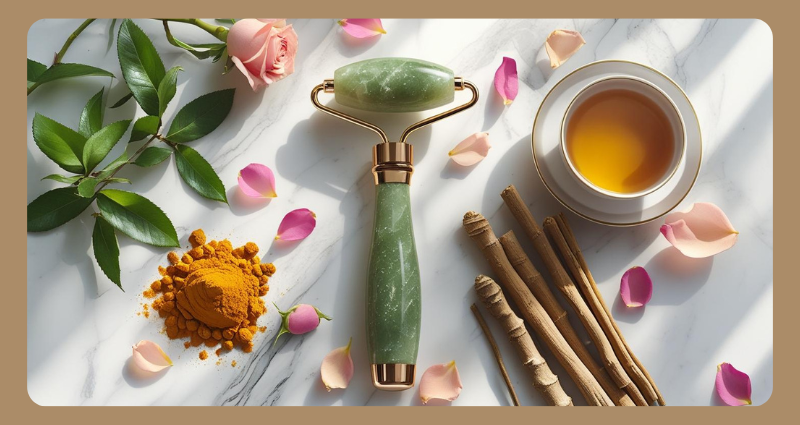
FAQs on Chinese Facial & Ayurvedic Facial
Q1. Can people with sensitive skin safely opt for a Chinese facial?
Yes, but you should avoid strong cupping or intense scraping if you have very sensitive skin or rosacea.
Q2. Can I do an Ayurvedic facial at home?
Yes! You can make DIY packs with turmeric, sandalwood, and aloe vera. But for marma massage, it’s best to consult an expert.
Q3. Which facial gives faster results?
A Chinese facial often shows immediate lifting and glow, while Ayurvedic facials provide long-term, gradual results.
Q4. Are these facials chemical-free?
Yes. Both rely on natural herbs, oils, and tools—making them safer than chemical-based facials.
Q5. Which is more affordable in India?
Ayurvedic facials are usually more budget-friendly, while Chinese facials may cost slightly more due to specialized tools like jade rollers and gua sha stones.
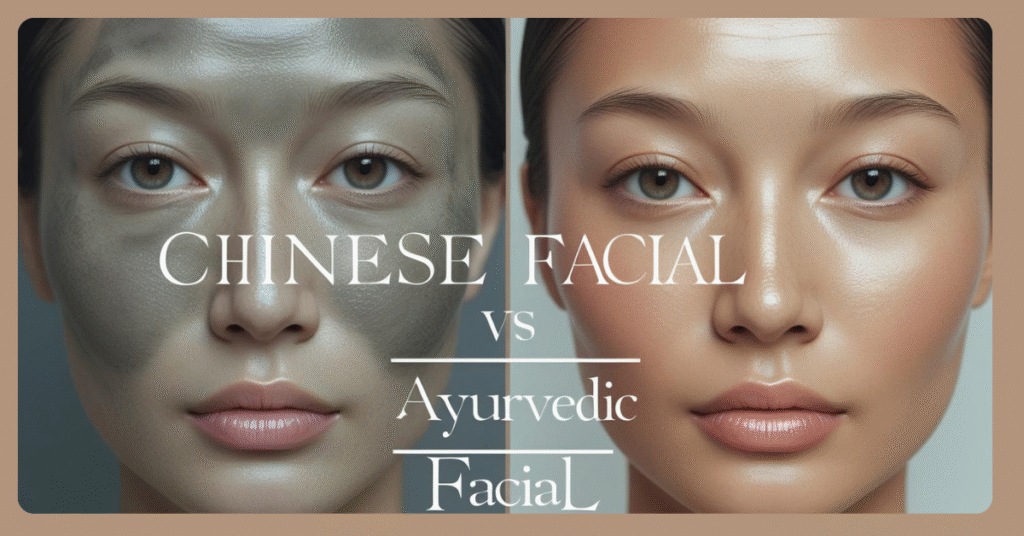
Conclusion: Chinese vs Ayurvedic Facial – What’s the Final Verdict?
Both Chinese facial and Ayurvedic facial are excellent choices for glowing skin. If you want a quick sculpted glow and anti-aging benefits, the Chinese facial is best. However, if you’re seeking a natural, herbal approach with lasting radiance, the Ayurvedic facial is the ideal choice.
💡 Ultimately, the choice depends on your skin type, lifestyle, and personal preferences.
✨ Want more natural beauty and wellness tips? Subscribe to our blog and get our free guide on simple home remedies for glowing skin!
Disclaimer: Content is for informational purposes only and not a substitute for professional medical advice.
